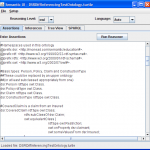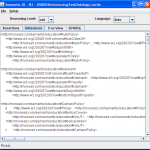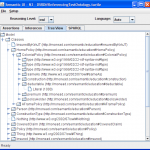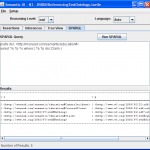SQL Injection – Why Does Our Profession Continue to Build Applications that Support It?
Monday, August 23rd, 2010SQL Injection is commonly given as a root cause when news sites report about stolen data. Here are a few recent headlines for articles describing data loss related to SQL injection: Hackers steal customer data by accessing supermarket database1, Hacker swipes details of 4m Pirate Bay users2, and Mass Web Attack Hits Wall Street Journal, Jerusalem Post3. I understand that SQL injection is prevalent; I just don’t understand why developers continue to write code that offers this avenue to attackers.
From my point of view SQL injection is very well understood and has been for many years. There is no excuse for a programmer to create code that allows for such an attack to succeed. For me this issue falls squarely on the shoulders of people writing applications. If you do not understand the mechanics of SQL injection and don’t know how to effectively prevent it then you shouldn’t be writing software.
The mechanics of SQL injection are very simple. If input from outside an application is incorporated into a SQL statement as literal text, a potential SQL injection vulnerability is created. Specifically, if a parameter value is retrieved from user input and appended into a SQL statement which is then passed on to the RDBMS, the parameter’s value can be set by an attacker to alter the meaning of the original SQL statement.
Note that this attack is not difficult to engineer, complicated to execute or a risk only with web-based applications. There are tools to quickly locate and attack vulnerable applications. Also note that using encrypted channels (e.g. HTTPS) does nothing to prevent this attack. The issue is not related to encrypting the data in transit, rather, it is about keeping the untrusted data away from the backend RDMBS’ interpretation environment.
Here is a simple example of how SQL injection works. Assume we have an application that accepts a last name which will be used to search a database for contact information. The program takes the input, stores it in a variable called lastName, and creates a query:
String sql = "select * from contact_info where lname = '" + lastName + "'";
Now, if an attacker tries the input of: ‘ or 1=1 or ’2′=’
It will create a SQL statement of:
select * from contact_info where lname = '' or 1=1 or '2'=''
This is a legal SQL statement and will retrieve all the rows from the contact_info table. This might expose a lot of data or possibly crash the environment (a denial of service attack). In any case, using other SQL keywords, particularly UNION, the attacker can now explore the database, including other tables and schemas.




